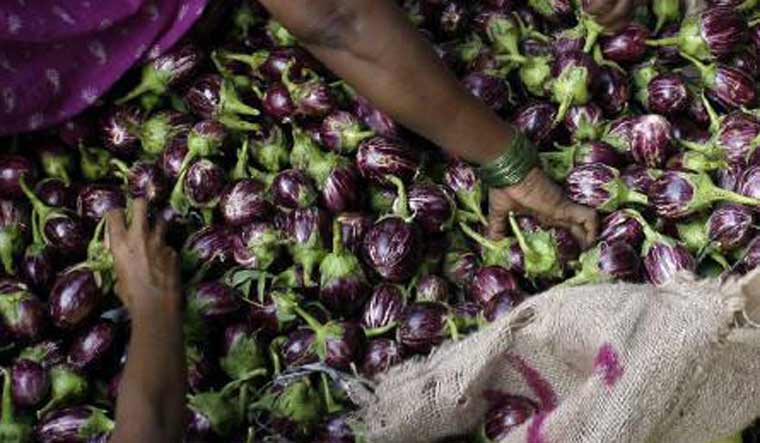With tests revealing that the genetically modified brinjal, growing in a field in Haryana, did not come from the line that was developed by the seed giant Mahyco, the matter is only getting more curious.
Aruna Rodrigues, lead petitioner in Supreme Court against genetically modified crops, has now written to Genetic Engineering Appraisal Committee (GEAC), the regulatory authority on genetically engineering technology, to do an 'event specific testing' to zero in on the source of contamination. 'Event' is a term used in genetic engineering to describe the point on a chromosome where a genetic tweaking has happened—an addition or deletion, for instance. By identifying the 'event', scientists can say exactly which line the crop came from. The Mahyco event is called Cry1Ac.
Though the Mahyco line had been cleared for commercial sale—a permission later withdrawn due to the moratorium—there were several other institutes in the private and public sector which were working on Bt brinjal. Rodrigues cites the other lines which were ready: Cry1Fa1 and cry1abc, both by the Indian Agriculture Research Institute, cry1Ab by the Indian Institute of Horticultural Research and the cry1Ac by the Indian Institute of Vegetable Research.
In her letter, she writes, “We require urgently event specific testing to ascertain the source of contamination. There may be more than one event involved. Would you please confirm that all these are underway?”
Although the discovery of genetically modified brinjal cultivation has created a furor among the anti-GM lobby, the government has been slow to respond. With government machinery on election mode, there hasn't even been a statement from the ministry of environment, forests and climate change over the development.



